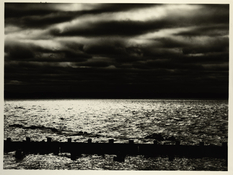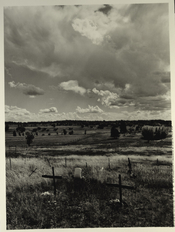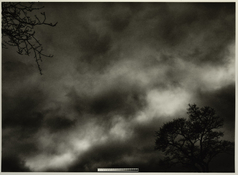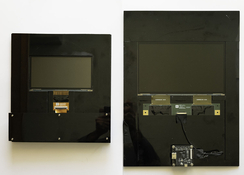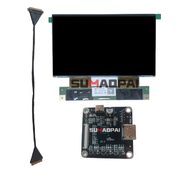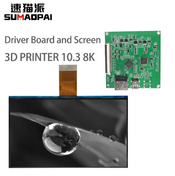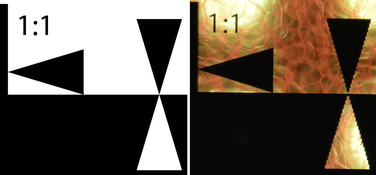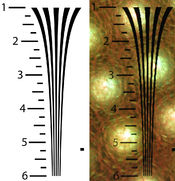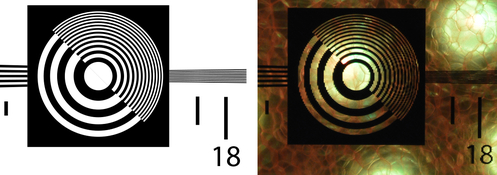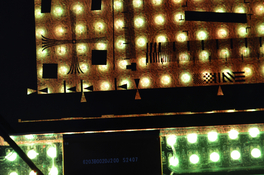If you allow me, I'll chime in here about a few topics having experience with a range of AM and Photolab tech.
@Carnie Bob , I posted earlier in the UV enlarger thread but let me draw your attention to it again:
DSP engine - Kirin
www.hitry3d.com
This is a UV DLP Engine and probably the closest thing today to a UV enlarger in reach to an average person (bar step and repeat machines etc). The optics, light source and DLP chip are already handled just give it an input. I imagine a lot could be done with these outside of 3D and UV printing contexts and I will have a play myself when time and funds allow. Point being, there are lots of these kind of modules actively being developed, this is just one of the more consumer friendly options - just keep an eye on this space.
As for the Devere machines, I have used one and yes they use two separate blue and green exposures, its just the most logical and controlled way to achieve the full range of contrast available. Traditional dodging and burning is possible within limits, though you will quickly hit the ceiling with only 8 bits of data to play with. Also apologies, I believe you have reached out to me before about some of these plans, I have so many projects on my plate for work I have been unable to add more!
@koraks Correct me if I am wrong, but I believe Chromira moved away from lasers a long while ago. The logic for this being is that all lasers (solid state or not) have a gaussian dot profile and associated scatter which affects the final sharpness but also collimation complexity (the most uniform and tightest dot is that of deep blue used in Bluray). At the time, the easiest way to get around this was to simply use LEDs instead once they became powerful enough, fortunately there have been leaps and bounds in laser technology since then. There are now an array of different types of lasers and micro-optic beam shaping diffusers to give an example, however all of these come at a cost of course and right now limited to scientific and research fields.
C






